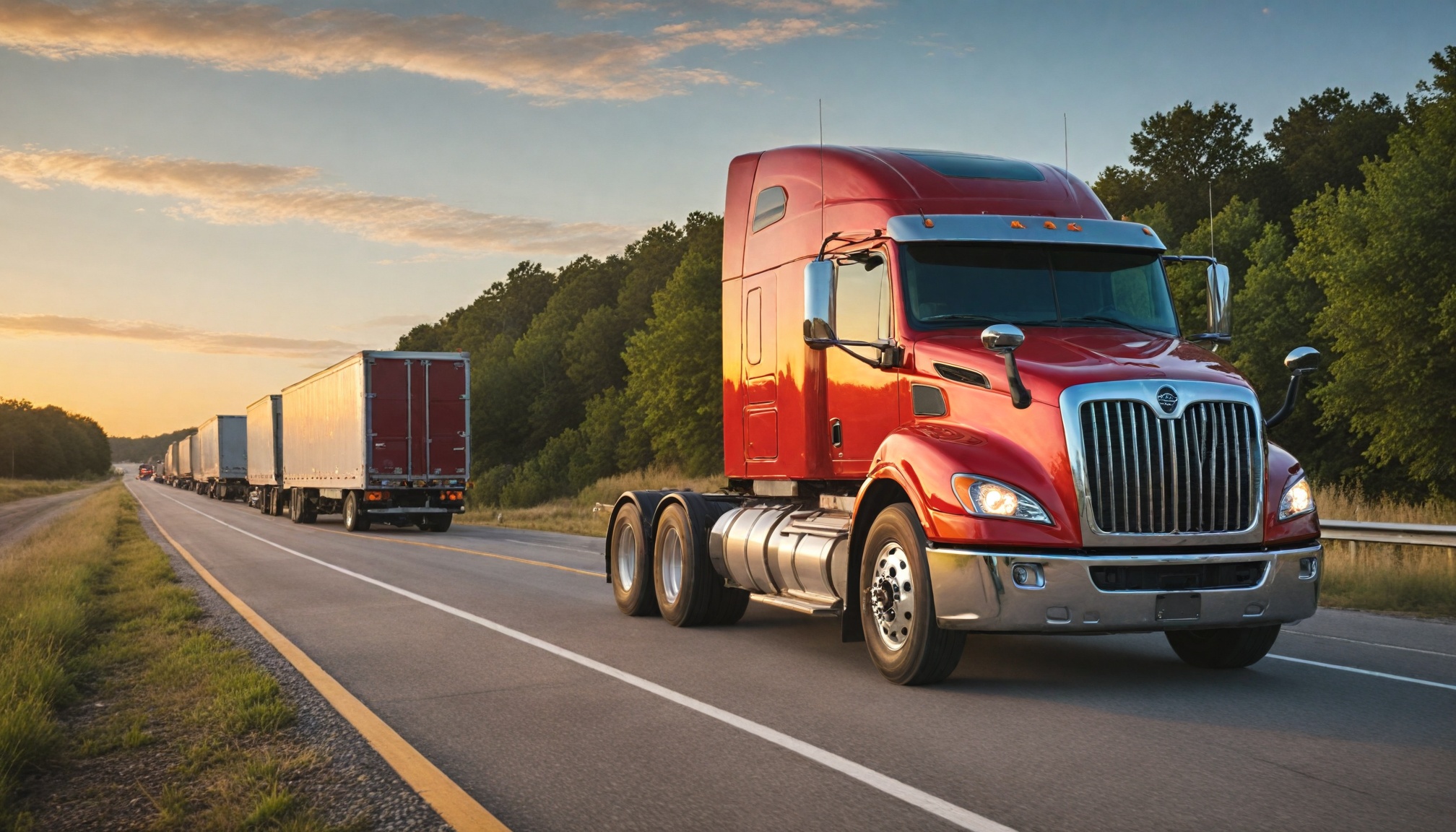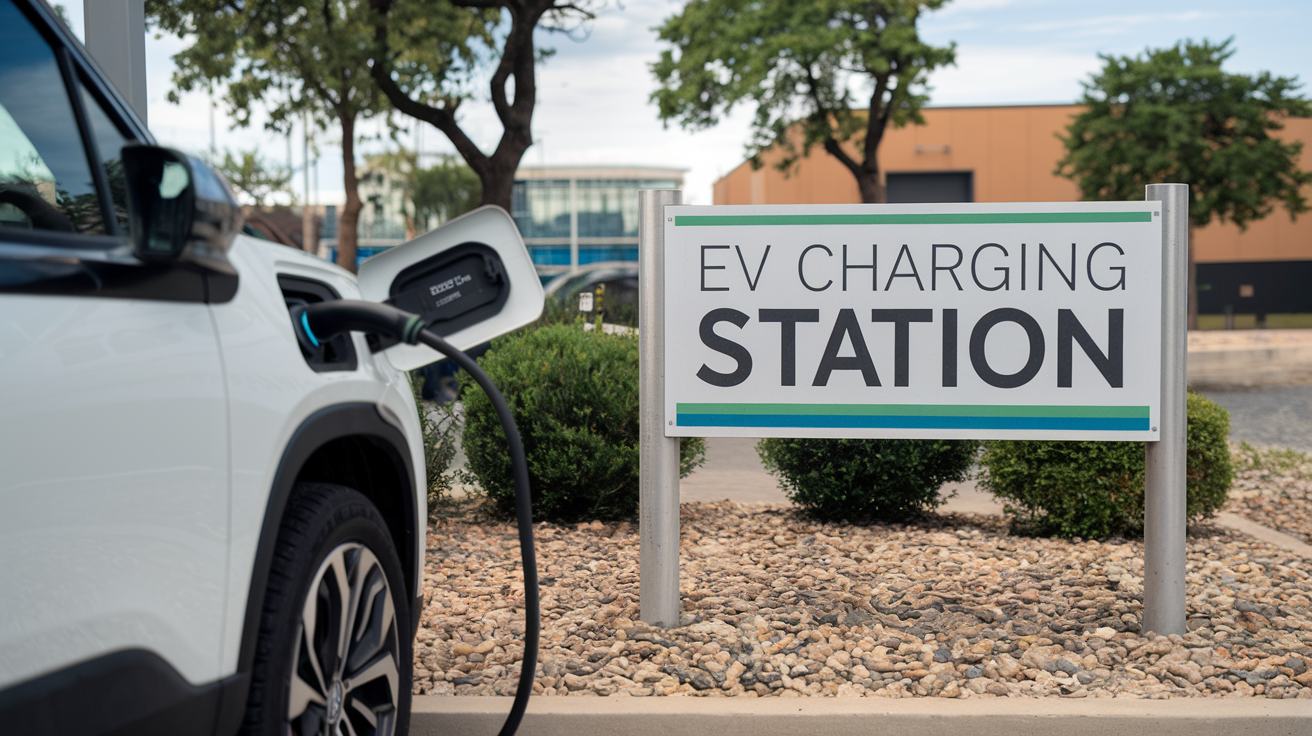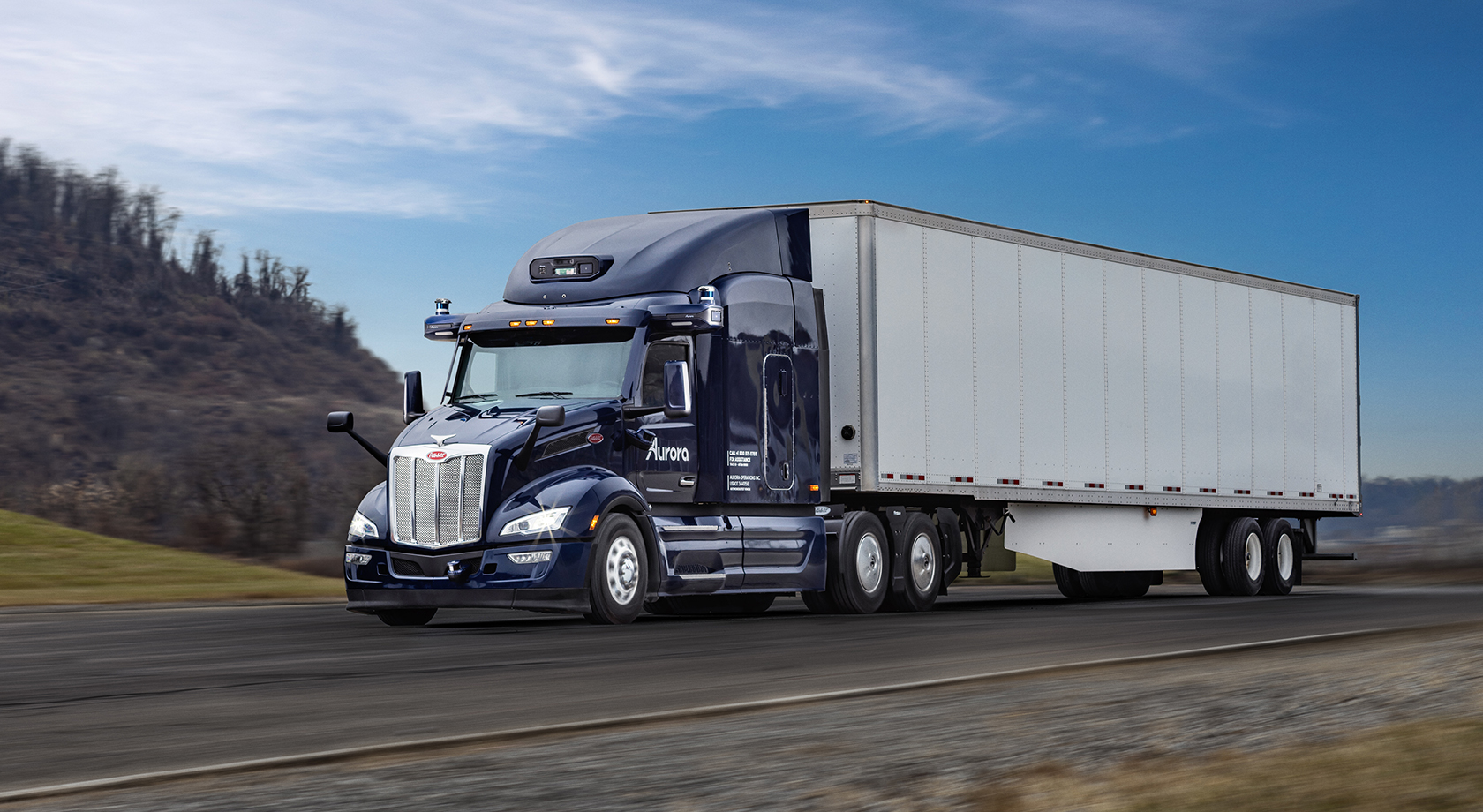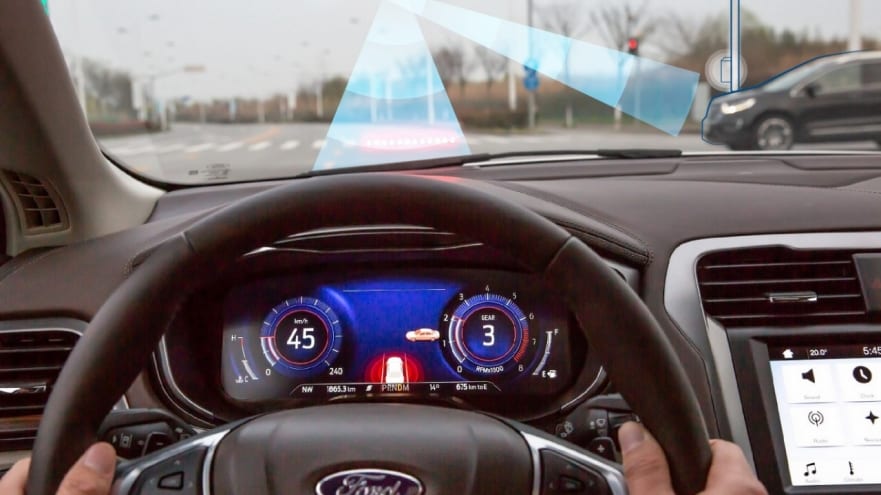
C-V2X technology revolutionizes transportation through direct vehicle communication, enabling safer roads with regulatory frameworks advancing worldwide implementation.

Drivetech Partners
Cellular Vehicle-to-Everything (C-V2X) promises to transform global transportation systems through direct communication between vehicles, infrastructure, and other road users. As governments worldwide establish regulatory frameworks for C-V2X implementation, major automotive manufacturers are racing to integrate this technology into their vehicles, creating a foundation for safer, more efficient transportation networks.
Key Takeaways
China leads global C-V2X deployment with strong government support and integration into autonomous vehicle initiatives
The FCC has adopted final rules for C-V2X in the USA, allowing three 10-MHz channels in the 5.9 GHz band
European Union is focusing on harmonization and interoperability across member states to create uniform standards
C-V2X technology enables critical safety features including non-line-of-sight awareness and advanced collision avoidance
Smart city integration requires significant infrastructure upgrades to support vehicle-to-infrastructure communications
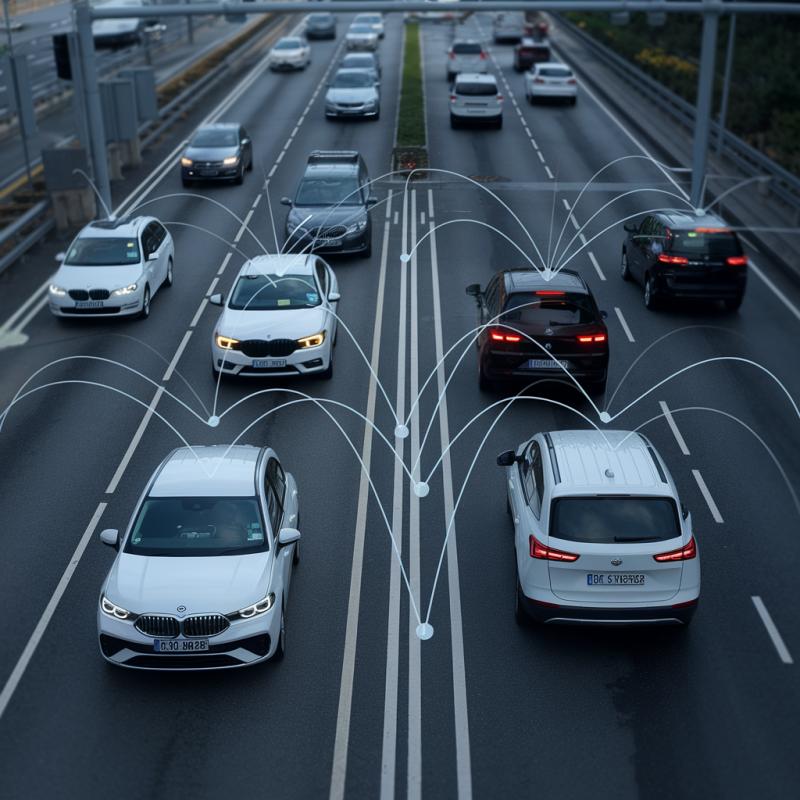
What is C-V2X?
C-V2X (Cellular Vehicle-to-Everything) technology enables direct communication between vehicles and their surroundings without relying on cellular networks or infrastructure. Operating primarily in the 5.9 GHz spectrum band dedicated to Intelligent Transportation Systems (ITS), this technology significantly improves road safety and traffic efficiency.
The technology creates a constant data exchange between vehicles, infrastructure, pedestrians, and networks. This allows vehicles to "see" beyond visual limitations, providing advanced warning of potential hazards and changing road conditions. A vehicle equipped with C-V2X can detect another vehicle around a blind corner, receive notification of an upcoming traffic signal change, or be alerted to emergency vehicles approaching from behind.
USA: FCC Final Rules Set Stage for C-V2X Expansion
In a significant development for connected vehicle technology in the United States, the Federal Communications Commission (FCC) adopted final rules for C-V2X technology in November 2024. These regulations establish a clear path forward for implementing advanced vehicle communication systems across the country.
The new rules allow for the use of three 10-MHz channels in the 5.9 GHz band, which can be combined into 20 or 30 MHz channels for more data-intensive applications. The FCC has also established a two-year sunset period for older Dedicated Short Range Communications (DSRC) technology, giving manufacturers and infrastructure operators time to transition to the newer C-V2X standard.
This regulatory clarity enables American automakers to accelerate their C-V2X development programs with confidence. According to ITS Digest, the transition from DSRC to C-V2X aims to dramatically improve safety and efficiency in the automotive sector, potentially saving thousands of lives annually through enhanced collision avoidance systems.
China: Leading Global C-V2X Implementation
China has established itself as the global leader in C-V2X deployment, with extensive testing and implementation across multiple cities. The Chinese government has provided strong support for C-V2X technology as part of its broader push toward autonomous vehicle development and smart transportation infrastructure.
Chinese OEMs have made remarkable progress in developing advanced driver assistance systems with integrated C-V2X capabilities. Companies like BYD with its DiPilot system and Zeekr with its G-Pilot platform represent cutting-edge applications of this technology. These systems combine traditional sensors with C-V2X communications to create more comprehensive situational awareness for vehicles.
The rapid deployment in China focuses on seamless integration between vehicles, infrastructure, and cloud platforms. This integrated approach has allowed Chinese cities to create extensive connected corridors where vehicles can communicate with traffic signals, road signs, and other infrastructure elements in real-time.
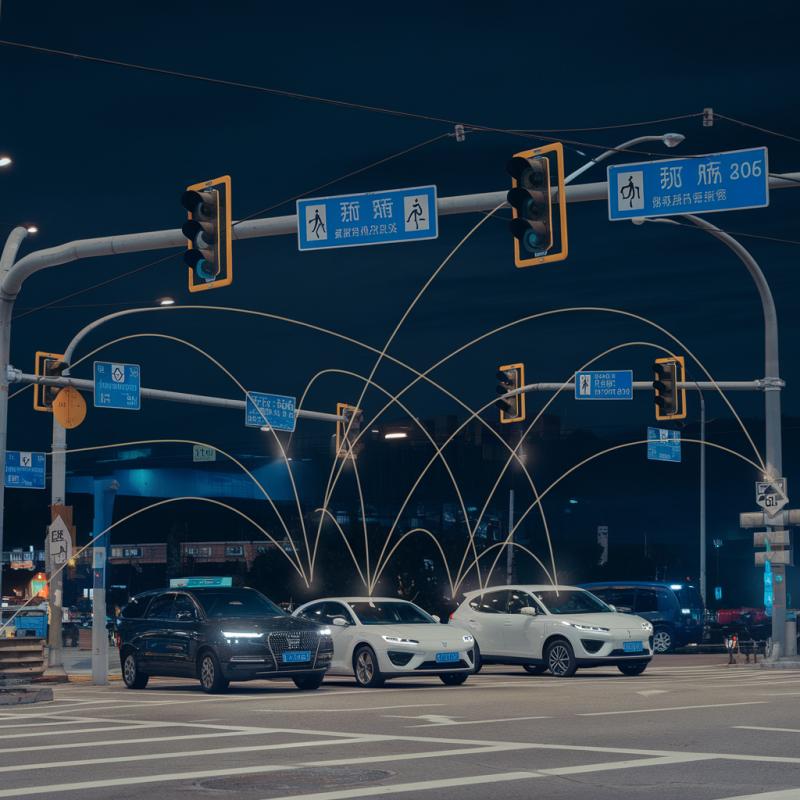
Europe: Harmonization Efforts for Unified C-V2X Implementation
The European Union is taking a methodical approach to C-V2X implementation, with a strong focus on creating harmonized standards across all member states. This approach aims to ensure that vehicles can operate seamlessly across national borders, a crucial consideration for the highly integrated European market.
European regulators are developing comprehensive standards that emphasize interoperability between different manufacturers' systems. This focus on compatibility reflects Europe's diverse automotive market and the need for consistent performance across brands. The EU is also placing significant emphasis on data privacy considerations within C-V2X implementations, reflecting the region's strong commitment to digital privacy protection.
Major European automakers are actively participating in the standards development process while simultaneously advancing their own C-V2X integration efforts. This collaborative approach aims to create uniform market conditions that will accelerate widespread adoption while ensuring consistent performance and security standards.
Regional Development: ASEAN, MEA and LatAm Progress
Outside the major automotive markets, C-V2X adoption is progressing at varying rates across different regions. In ASEAN countries, C-V2X technology is being explored as part of broader smart city and transportation initiatives. While there are no wide-scale deployments yet, several pilot programs are demonstrating the potential benefits for improving safety and traffic flow in densely populated urban areas.
The Middle East and Africa (MEA) region is expected to follow global trends in C-V2X adoption, with wealthy Gulf states likely leading implementation efforts. Similarly, Latin America is showing growing interest in advanced automotive technologies, including C-V2X, though widespread deployment faces challenges related to infrastructure readiness.
All these regions share common challenges that must be addressed for successful C-V2X implementation:
Developing appropriate regulatory frameworks
Ensuring infrastructure readiness
Establishing international cooperation for cross-border compatibility
Addressing economic barriers to wide-scale deployment
OEM Integration: Automotive Manufacturers Embracing C-V2X
Major automotive manufacturers worldwide are incorporating C-V2X technology into their new vehicle models, though with varying approaches and timelines. Chinese OEMs are at the forefront, with companies like BYD and Zeekr leading with advanced ADAS systems featuring C-V2X capabilities already in production vehicles.
European manufacturers are focusing on interoperability and standardization, ensuring their systems will work across borders and with vehicles from different brands. American automakers including Ford are adapting to the new FCC regulations, with several companies announcing plans to include C-V2X capabilities in upcoming model years.
Global collaboration is occurring between OEMs to ensure cross-compatibility of systems, recognizing that the technology's benefits multiply as more vehicles are equipped with compatible communication capabilities. Industry groups are working to establish common communication protocols and performance standards to accelerate adoption and ensure reliable operation.
Smart City Integration: Urban Infrastructure Adaptation
C-V2X technology is becoming a core component of smart city initiatives worldwide, requiring significant urban infrastructure upgrades. Traffic signals, road sensors, and municipal networks are being enhanced to communicate directly with C-V2X-equipped vehicles, creating a more responsive and intelligent transportation ecosystem.
Smart corridors are being developed in major metropolitan areas to test and showcase C-V2X benefits. These designated routes feature enhanced infrastructure that can share real-time data with vehicles about traffic conditions, hazards, and optimal routing. The focus of these implementations is on improved traffic flow, reduced congestion, and enhanced pedestrian safety.
Urban planners are increasingly including C-V2X infrastructure requirements in their future development plans, recognizing that the technology will become standard in coming years. This forward-looking approach helps cities avoid costly retrofits later while positioning them as leaders in transportation innovation.
Future Outlook: Challenges and Opportunities
Despite significant progress, several challenges remain for global C-V2X deployment. Spectrum allocation continues to be a critical issue, with different countries assigning different frequency bands for C-V2X operations. This fragmentation complicates the development of globally compatible systems and increases costs for manufacturers.
Data privacy and cybersecurity concerns must be addressed to gain public trust and ensure system integrity. As vehicles become more connected, they also become potential targets for malicious actors, requiring robust security protocols and regular updates to maintain protection.
The integration with 5G networks represents an exciting opportunity to expand C-V2X capabilities. The higher bandwidth and lower latency of 5G will enable more sophisticated applications, including enhanced autonomous driving features and more comprehensive environmental awareness.
Regulatory frameworks need to evolve alongside technological advancements to facilitate rather than hinder progress. Countries that can strike the right balance between safety requirements and innovation-friendly policies will likely see faster adoption and greater benefits from C-V2X technology.
As these challenges are addressed, C-V2X technology will play an increasingly important role in creating safer, more efficient transportation systems worldwide, providing the communication backbone for tomorrow's connected and autonomous vehicles.
Note: Main image courtesy of Ford
